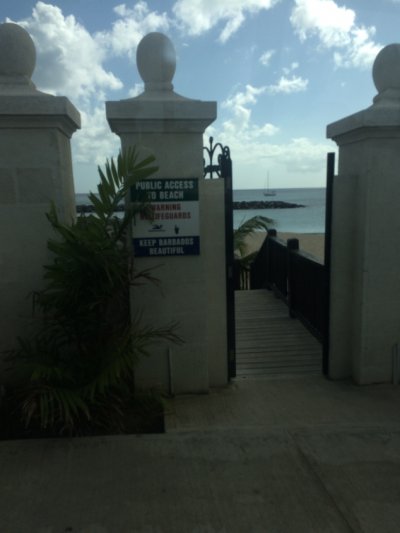Hi Everyone!
I’m back at it again, this time I’m in Barbados to fulfill my clinical hours for my community and public health nursing course at Duke. I’m going to share some of the highlights of what I’ve learned about Barbados and their health care system on our first full day in the country. (I’ve been in the country over a week now, but for school I was assigned to write about the first day, and this took a little while).
On Monday morning, April 24th, we had orientation at Barbados Community Health College. We met with with Health Sisters, the Chief Deputy of Public Health Nursing and her predecessor, representatives from the community college, and a historian who gave two lectures; one on geography and one on history. Then we went on a 7+hour windshield tour of the island! We traversed almost the entire island, in a church bus, with our historian giving a continuous running commentary of the scenery.
Here are some noteworthy observations;
“God is a Bajan”
Barbadians, also known as “Bajans,” have a saying that “God is a Bajan.” They say this because the island is incredibly unique and fortunate in their geographical location. Barbados is situated in a location that makes them uniquely protected from typical tropical disasters that afflict the other Caribbean Islands. Because Barbados is farther east than the other islands (3,500 miles from Africa), it is not on a fault line, does not have volcanoes, and is protected from hurricanes. The last hurricane was over 50 years ago. Tropical storms will pass over the coral rock island of Barbados, then turn into hurricane status once it meets the warm Caribbean Sea on the West side of the island. Additionally, because the island is made of coral rock and other sedimentary rocks it has very clean water. Water born illness is not rampant here. That is also due to a very thorough water sanitation authority office. In fact, 99% of households have running water. We’re drinking the tap water, and so far so good! However, water scarcity is one problem facing the island. They only get about 40 inches of rain a year. I guess you can’t have it all.
Island History
Bridgetown
Bridgetown, the island’s capital, is named after the wooden foot bridge that the British found on the island. Yet the history says that in 1627 when the British settlers arrived, there were no indigenous people on the island. The story is that either European diseases had already wiped out the population, or that the entire indigenous population had already left the island. I asked our historian, Trevor Marshal, about this contradiction, since how could there be a wooden footbridge left if no one was here? He said something along the lines of, “no, it’s absolutely not true. They were killed.” It’s interesting though, because when he delivered our history lesson he gave the textbook one. I later asked a health sister about this when we were riding by it. She said essentially that she doesn’t know, but whatever was done was for the betterment of the island. Other people have had the same attitude, that it doesn’t matter, it was the past. Very forgiving.
Interesting facts
CHARLESTON
Charleston was established from ships that left Barbados, so Barbadians ruled Charleston, SC for 80 years.
GEORGE WASHINGTON
In 1751, nineteen year old George Washington came to Barbados with his brother who was suffering from TB. Barbados was a really healthy island and they believed it could cure him of his TB. During their 6 week stay, George Washington heard the phrase “no taxation without representation.” Barbados had rebelled in 1650. Bajans provided an example of how to rebel against Great Britain.
BAJANS BUILT THE PANAMA CANAL
In 1904 Roosevelt asked for volunteers from the Caribbean to help build the Panama Canal (for pay, $1 a day). 80,000 Bajans went!! That was 1/3 of the population. Some came back but many moved on throughout Central, North and South America.
An Island of Dichotomies
On the West coast, the island is lined with the brilliantly blue, calm Caribbean sea. The East coast faces the Atlantic Ocean, which batters the coast line with pounding waves. The beach road along the West coast is lined with giant hotels and guest houses on the beach side, and tiny wood framed houses on the land side. Our historian tour guide would repeat “hotels and guest houses on the left, wood framed houses on our right.” The wood framed houses represent a lot more than just a style of housing. They are symbolic of the country’s history with slavery and sugar cane plantations. The wood framed houses could be broken down and moved anywhere, which was common especially during the sharecropping years. Driving around Barbados, it is clear many people take great pride in their wood framed houses, but our historian stressed that concrete houses represent progress. Many wood framed houses will transition to concrete houses. Concrete houses are sturdier and permanent; they cannot be broken down and moved.
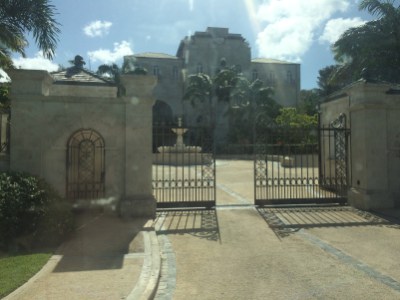
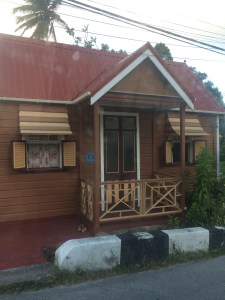
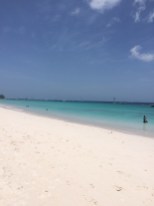
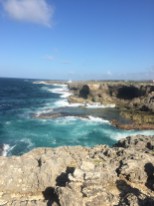
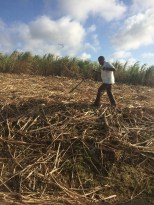

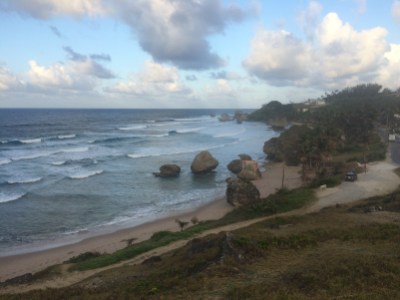
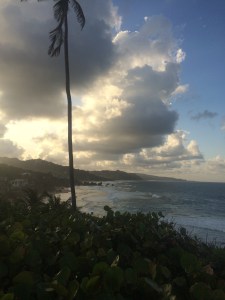
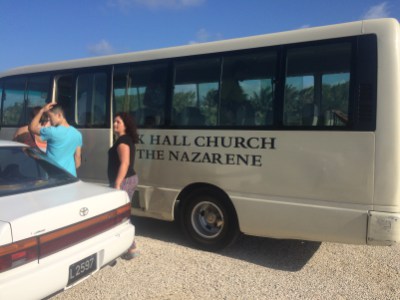
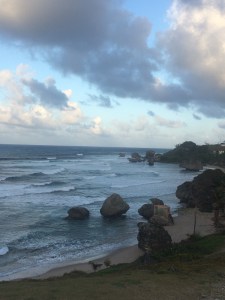
Healthcare and Education for All!!
The island has an amazing healthcare system. There is a public health sector that consists of 9 polyclinics, a public hospital, and a variety of specialty clinics including a HIV clinic. The polyclinics specialize in providing primary care for every Barbadian, free of cost. Citizens can come to the polyclinics for prenatal care, wound care, post-partum care, child health, mental health, nutrition, catheter care, and for walk-in appointments. Each polyclinic also has a pharmacy. With a prescription, everyone can get all “benefit” drugs for free. Those who are under 15 or over 65 can get any medication free, even if it isn’t a benefit drug. Examples of benefit drugs include diabetes and asthma medications. However, non-benefit drugs are still highly subsidized. For example, an IUD costs 10 US Dollars.
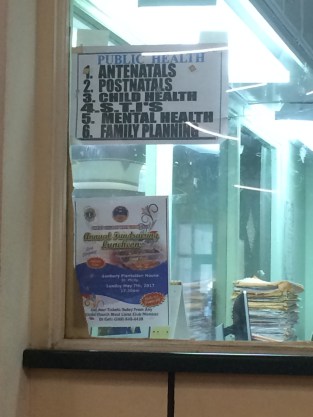
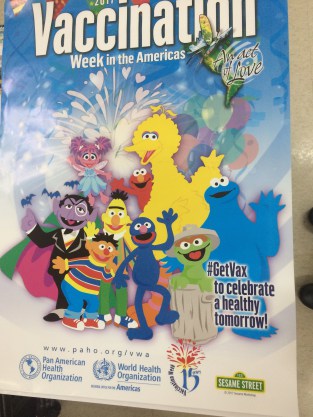
One Love
Private beaches are incredibly rare in Barbados. This sums up the culture to me. So far I’ve seen an incredibly forgiving, polite, and loving island.
